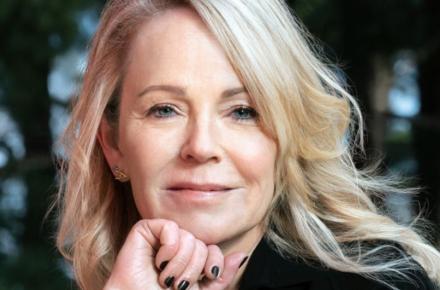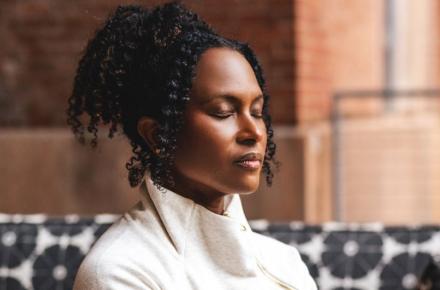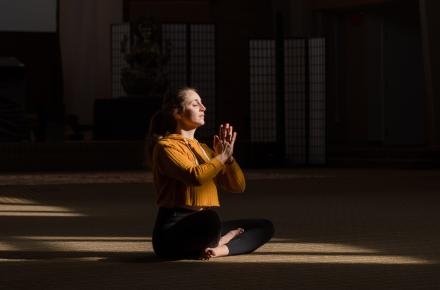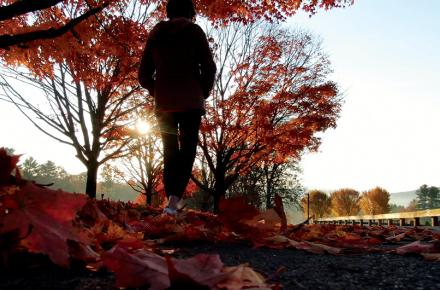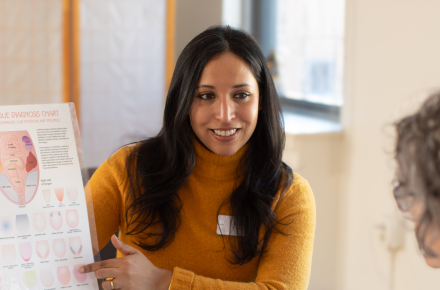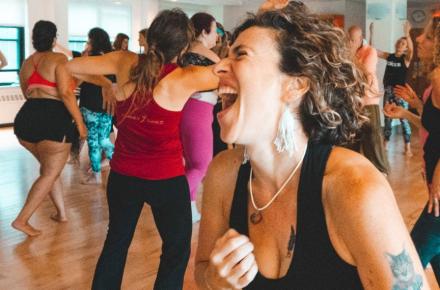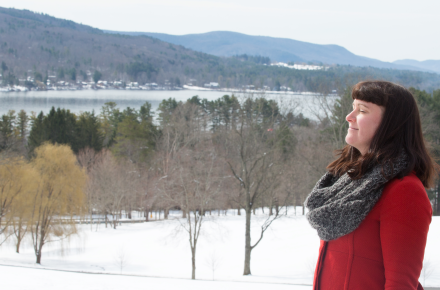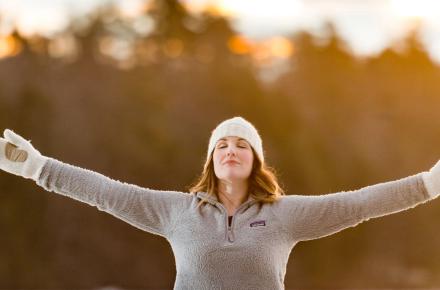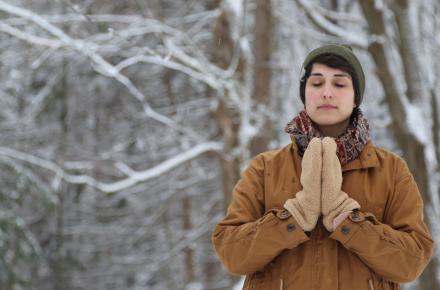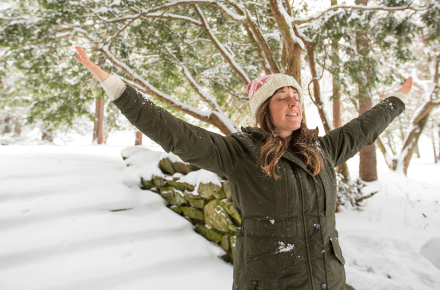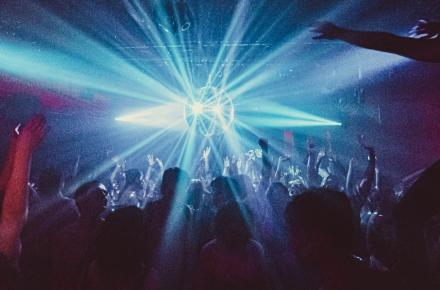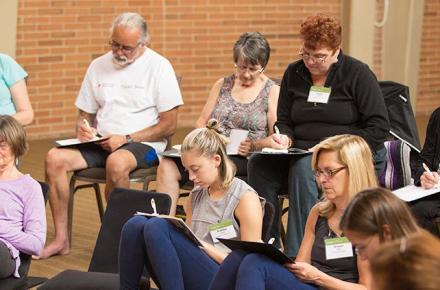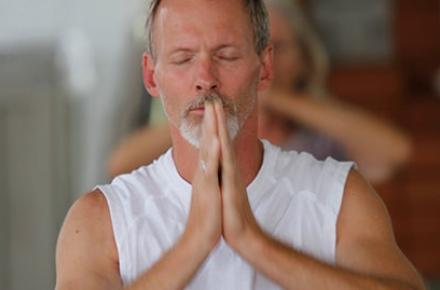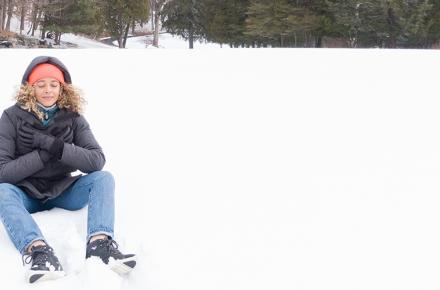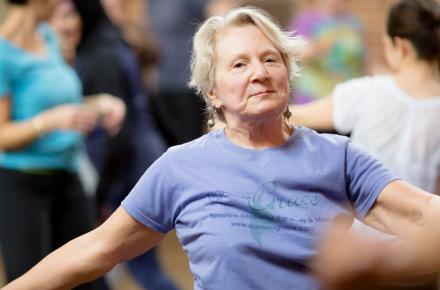Rejecting Body Shame and Reclaiming Dance

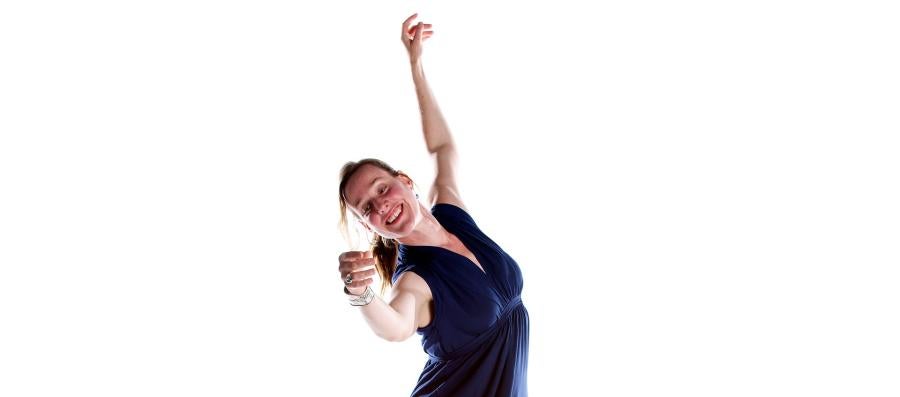
April 29, 2020
For as long as I can remember, I’ve loved to dance. I think I danced my way out of my mother’s womb. At the very least, I began to dance once I could walk, believing it was the preferred method of travel. Also a music lover, I adored how it felt as if the music came alive in my body as I moved. Like I was a part of the song, not a separate entity.
Throughout my youth, I danced: I went to classes, I danced in my living room, I pranced and twirled during countless movie musicals and MTV videos. When I moved, my heart, body, and soul were ablaze with life force. I couldn’t imagine life without this passion.
Then, when I was a teenager … it got complicated. I began to feel more pressure than joy around dance. Loving dance was no longer enough. To be a “real” dancer, I needed to have a good turnout, I needed to be stronger, I needed to be more flexible. I fixated on how I got pulled up to the front of the class when I was “good,” and sent to the back of the pack when my toes turned in too much.
As if that weren’t tough enough, when I shifted from being a skinny little girl to a young woman with major curves, my body no longer fit the typical dancer profile. No amount of exercise or dieting would shrink my new hips. I remember auditioning for a majorette/dance competition team and getting an alternate position because my shape didn’t match that of the other girls. I spent a summer starving myself, so that by fall I would be able to get on the team.
My love affair with dance was shifting into torture as I began to hate my body and wish myself into another one. I frequently felt horrible when I was the biggest person in the room, including in dance classes with men. By my late teens, I had stopped taking classes. By my mid-20s, I had stopped being the first one on the dance floor at weddings. No more nightclubs with friends. No more dance, period. Dance had become entangled with body shame and pain.
Flash forward to 2010. I had been working at Kripalu for five years, and each day I’d walk by the room where Kripalu YogaDance® was happening. I would secretly wish to be one of the people in there—throwing caution to the wind, moving with reckless abandon. I would stand and watch for a bit. I felt the little girl in me with her nose pressed against the glass, wanting to be in the room, sharing that sense of joy and freedom. I would feel the impulse to go in there and dance, and then my body shame would arise. Too big. Don’t want to embarrass myself. Don’t want people to think I look like Chris Farley from those SNL skits.
I’d been practicing Kripalu Yoga for a while, and though I’d had moments of feeling insecure about my size—think big chest in Shoulderstand—it never hit those same shame circuits. For me, the major difference was that yoga wasn’t meant to be witnessed; it wasn’t about self-expression and putting myself out there—it was me and the mat, a space in which I could notice and feel my body with no one paying attention to how I look doing it, except for maybe the teacher, who would just be trying to keep me safe in the postures. When I think of it now, I realize that yoga must have been the olive branch that brought me back to my body in a gentle way. Yoga taught me that my body was a temple—just as it is.
Because my yoga practice was teaching me how to feel things like fear and discomfort and not get caught, when a friend encouraged me to come to YogaDance with her one afternoon, I agreed, despite the immediate surge of fear. I will never forget that class. I felt like a caged lioness who had finally been set free to run. I remember moving in ways that I hadn’t in decades. I remember being encouraged to focus on how my body felt as I danced, as opposed to how I looked. I couldn’t believe the joy I experienced that day. I was officially re-hooked. From that day until now, I’ve danced almost every week of my life, typically multiple times per week. Jumping into that YogaDance class returned me to my first love, and I’ve never looked back.
Now, I’m a certified Shake Your Soul® teacher, and when I teach at Kripalu, I feel incredibly grateful to have the opportunity and responsibility to help others reclaim dance, to remember that dance, at its core, isn’t about performance or being “good” at it. It’s a way we can express what we feel, in whatever way is possible for us. It’s a way to share in community. It’s a way to come home to our body. We were born to dance—every single one of us.












